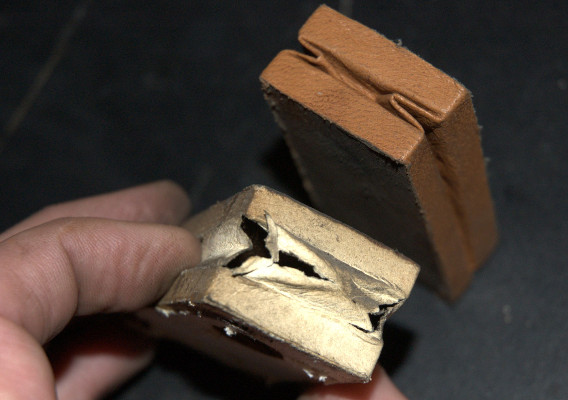The Organ
Present condition

The mechanism is tubular pneumatic throughout, utilising the natural resource of wind-pressure for motive power. Air is conveyed through lead tubing to operate little motors which in turn activate larger power-motors which control what notes sound and which registers are heard. Each one of these thousands of motors is made of wood and leather. This type of system was intended to be overhauled, and the leatherwork replaced every 30 to 50 years. Due to rising labour costs many instruments, like All Hallows’, never received this necessary work and many, where more money was available, were converted to cheaper electro-pneumatic actions, and their specifications and characters changed to suit the vogue of the time. It is interesting to note that an equivalent instrument with electro-pneumatic or electric action would have required rebuilding at least twice during the lifetime of All Hallows’ organ. Much of the mechanism at All Hallows’ remains untouched and, mostly,
working—a testament to
the quality of the original workmanship. The present condition of the organ is caused by the deterioration of natural materials, intended to be replaced long before this stage. After nearly 100 years of use, much of the organ requires refurbishment to ready it for its next century. If action is not taken the instrument will slowly deteriorate until finally silenced by a major fault.


